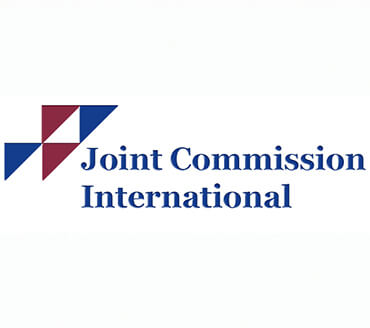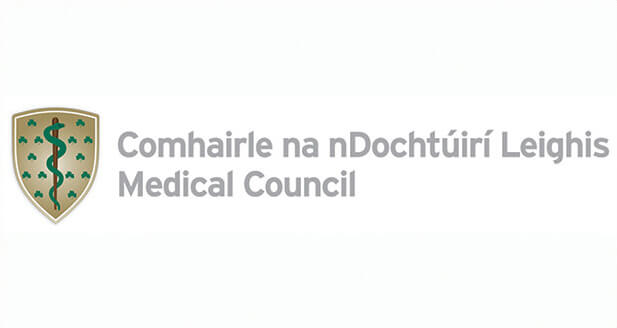21/11/2011
Objective overview of the medications approved by the FDA in the United States and other state medical treatment licensing agencies throughout the world, used in the prevention and treatment of androgenic hair loss (male pattern baldness).
Medications are used both in the management of early hair loss and in conjunction with hair transplantation for the treatment of the more advanced stages of this condition. Indeed, some hair surgeons would consider their use a mandatory adjunct to surgical hair transplantation.
It is generally felt that these treatments are more effective in the 18-41 age group, but exceptions exist and significant benefits from these medications are frequently seen outside this age group.
The most efficacious of these medications was originally approved for treatment of benign enlargement of the prostate gland in 1992 and subsequently licensed for the treatment of male pattern hair loss in December 1997. Its mechanism of action in both conditions is identical, the inhibition of Type II 5-alpha reductase, an intra-cellular enzyme that converts testosterone to 5-alpha dihydrotestosterone (DHT). Both benign enlargement of the prostate and male hair loss is dependent on the presence of this hormone, which although vital in the genital development of the male foetus, does not appear to have a critical role in the adult male.
This medication has been extensively studied. An EBSCO-host search of the literature show that 21,924 papers have been produced on this medication since its introduction, 2,373 of these being published since January 2010 (correct as at 14th October 2011). These studies have extensively evaluated the efficacy and the safety of this agent and as a result of this research, it has been established as an important, potent and safe treatment of both male pattern baldness and benign prostatic hypertrophy and some other conditions.
The great majority of users do not suffer any side effects from its use. Less than 2% of males report decreased libido, semen volume and erection difficulties which disappear on stopping the medication and usually also resolve on continuing to use it. Recently, a very small number of users report persistence of the sexual difficulties. The PCPT prostate trial which looked at the sexual dysfunction in 17,313 patients, taking the medication over a 7 year period, found that it caused only a small average increase in sexual dysfunction that decreased over time. The anecdotal reports of prolonged sexual difficulties, however, have been criticized for their selection and recall bias and lack of psychological evaluation of the patients and the failure to out-rule the very many other causes of these symptoms.
The total freedom of 97% of users from any side effects whatsoever lead us to the conclusion that other factors are involved in the genesis of these persistent sexual symptoms. Erectile dysfunction (ED) is the most thoroughly studied sexual dysfunction in men and the most common sexual complaint of men presenting to their health care providers. Various large-scale studies (both cross-sectional and longitudinal) have indicated that the worldwide prevalence of ED is between 10% and 20%. ED is strongly correlated with aging, with a steep incline in prevalence rates, from 6.5% in men aged 20 to 39 years to 77.5% in those aged 75 years and older. ED is also associated with various co-morbidities, including psychological factors, cardiovascular diseases, diabetes mellitus, and metabolic syndrome, and with smoking.
This medication has been investigated over a number years as a chemo-preventative for prostate cancer. Two major trails have been undertaken. The statistical results are currently difficult to interpret as some forms of prostate cancer are reduced and a smaller fraction of higher grade cancers appear to be increased in incidence. The latter may be due to the medication reducing the prostate size and consequently increasing the likelihood of a positive biopsy hit in the reduced target gland. Notwithstanding the difficulties involved in the interpretation of these studies and despite the lack of FDA approval for its use as a chemo-preventative, many leading prostate surgeons are suggesting the use of it to patients who are at high risk of developing prostate cancer as might be suggested by a very strong family history and also in those who have been shown to have pre-cancerous conditions of the prostate diagnosed on biopsy.
The association between use of the medication and the development of breast cancer is mentioned in the side effect data sheet. No statistical data exists to substantiate an increased incidence of breast cancer in users and the association is purely theoretical. This speculative risk has led clinicians to advise users to check for breast lumps which all males should do in any event as the total world incidence of male breast cancer is increasing possibly due to the rising levels of environmental oestrogenic chemicals. The rare, non-cancerous enlargement of the male breast (gynecomastia) associated with the medication as well as many other prescribed and recreational drugs as well as food stuffs is not regarded as a pre-cancerous condition.
Depression has recently been observed in patients taking the medication. The incidence of this is very low, amounting to a small fraction of the very significant total incidence of depression associated with untreated hair loss.
Other side effects of the medication are also mentioned in the side effect data sheet. These are likely to represent symptoms resulting from the rare allergy to the medication as they are commonly associated with allergic reactions to other medications, environmental chemicals and food stuffs.
To put the above in context, our use of and regular monitoring of patients taking the medication over 8 years shows that over 97% of users experienced no side effects whatsoever from this medication.
To advise patients not to use this treatment would not only put ourselves out of line with scientifically based, ethically motivated hair clinics throughout the world but to deny our patients an opportunity to choose an important and effective treatment for their hair loss, a condition frequently associated with loss of self esteem, quality of life and psychological discomfort. As ethical medical practitioners, we need to follow and be guided by peer reviewed mainstream clinical and scientific studies published in major international journals rather than the internet blogs and chat rooms many of whom have other agenda.
Joe O’Connor
MB, BCh, FRCS RCPS Glasg,FRCS Edin,FRCS Eng,FRCSI.









